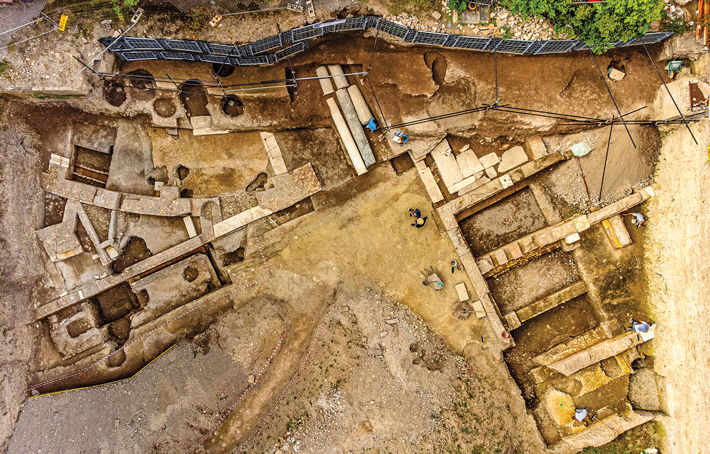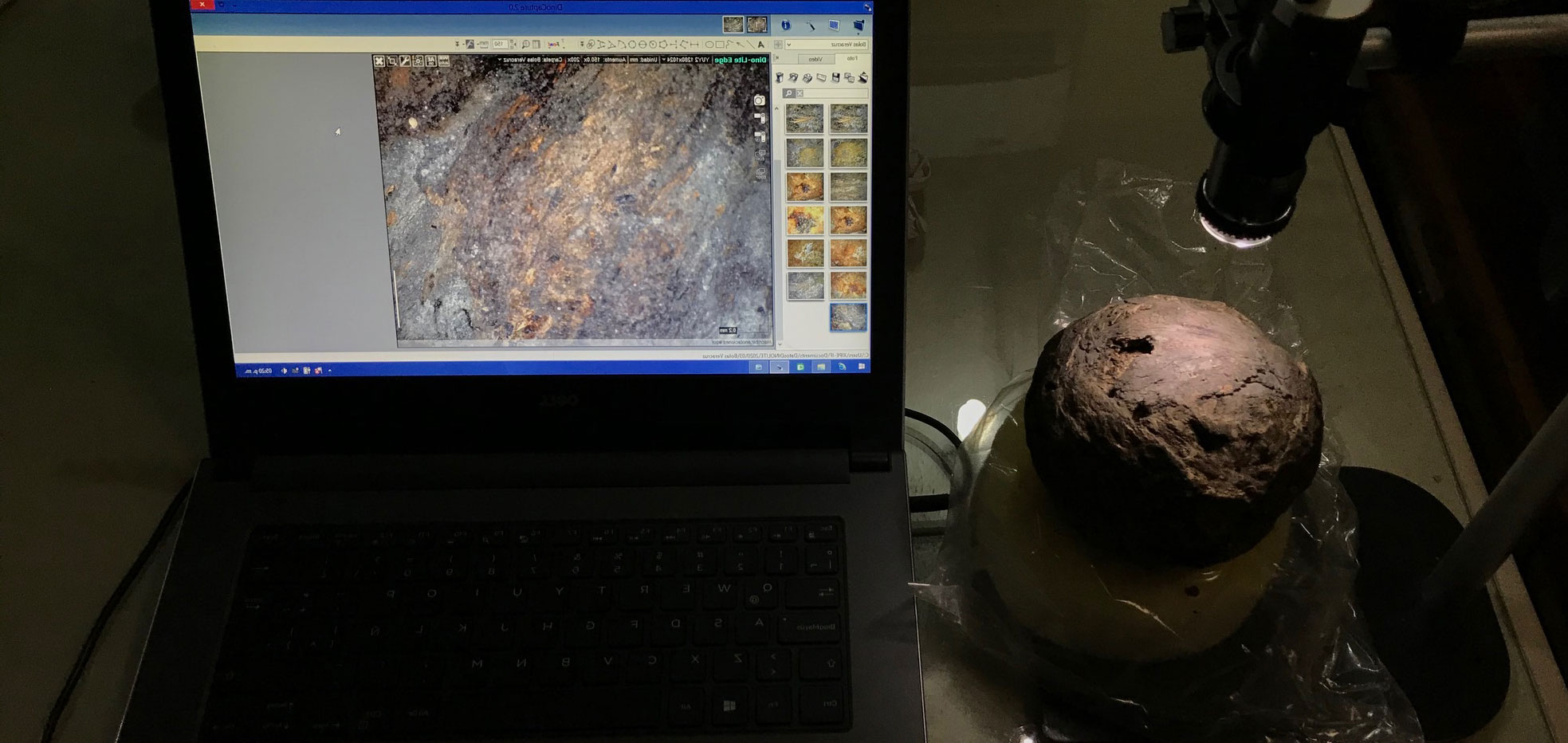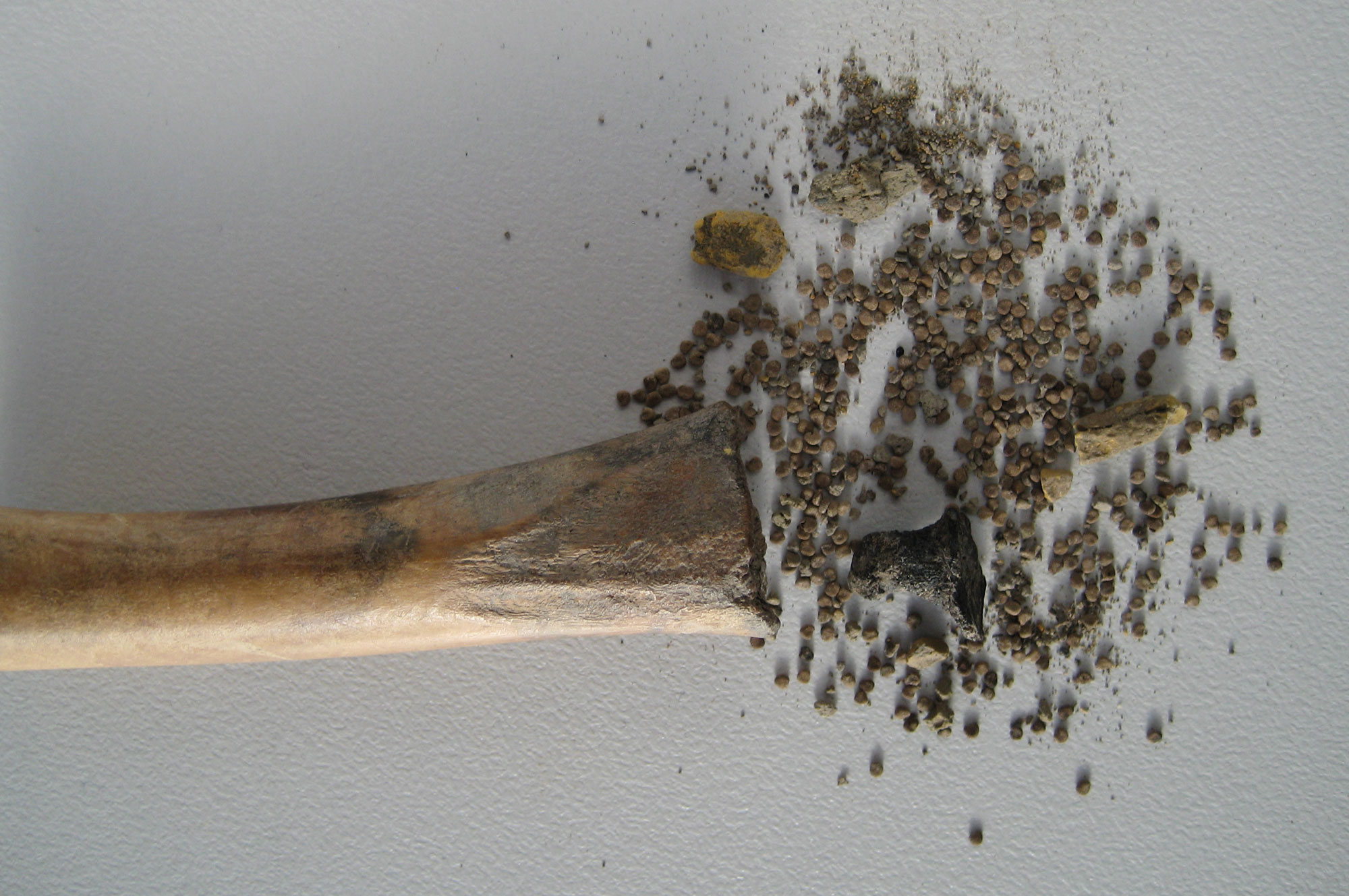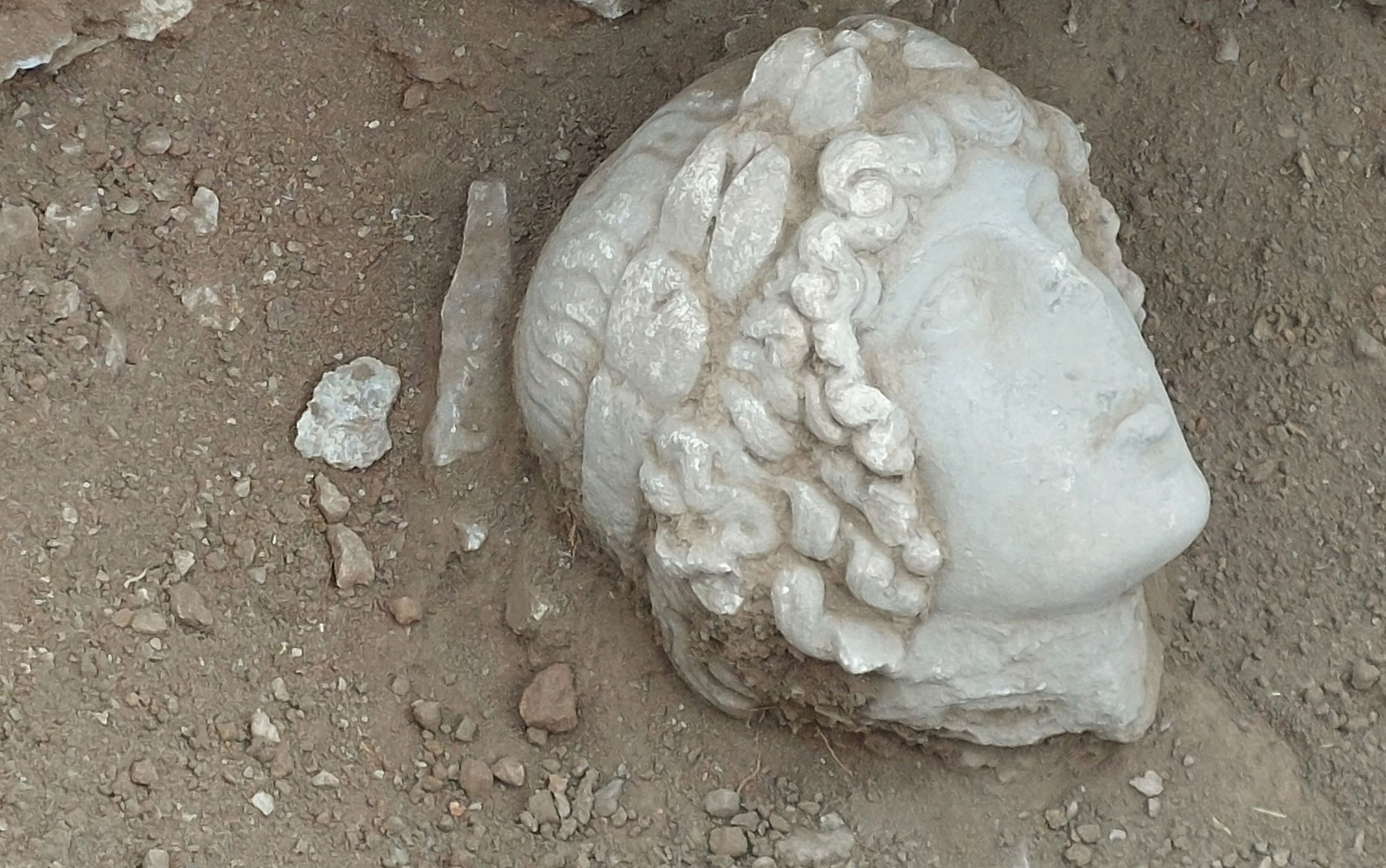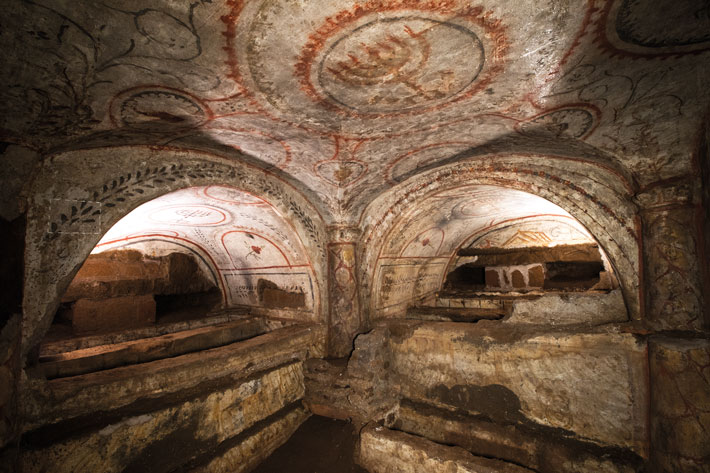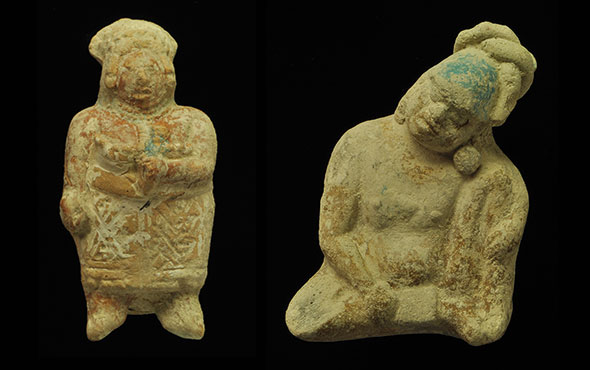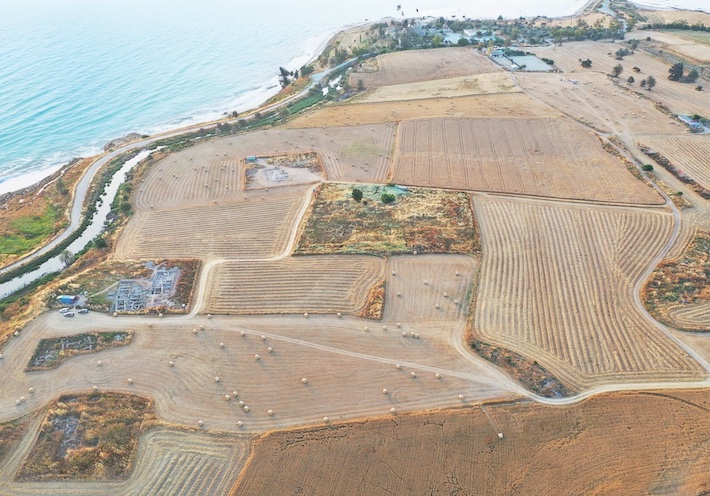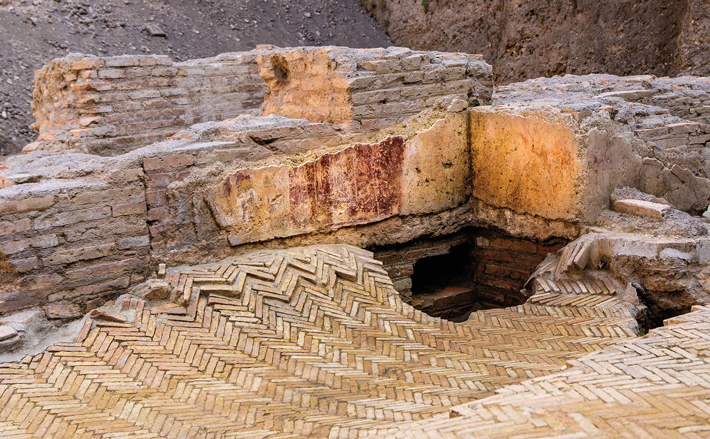
Roman emperors were known for many things, among them displaying their superior military and diplomatic skills, penning enduring philosophical treatises, and raising great buildings. The emperor Nero (reigned A.D. 54–68) was famous for, among other less entertaining quirks, his singing. According to several ancient Roman authors, one of Nero’s favorite venues in which to stretch his vocal cords was a private theater he built in the Gardens of Agrippina, a luxurious villa that belonged to his mother in the Roman neighborhood near the Vatican now called Vaticano. Nero’s theater is known from literary sources—the Roman historian Tacitus may have been referring to this building when he wrote about the emperor singing of the fall of Troy as he watched Rome burn in July of A.D. 64. The structure was largely dismantled for materials in antiquity and its precise location was unknown until archaeologists unearthed its remnants in a Renaissance garden.
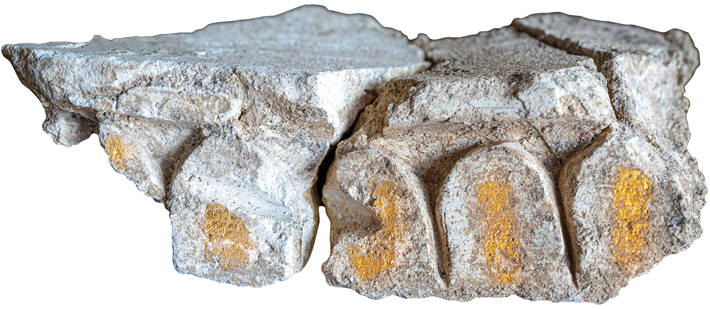
The impressive ruins include the theater’s cavea, a 138-foot-wide semicircular seating area, and a rectangular space with entrances and stairways. Another building may have been used to store sets and costumes. Both structures were built of bricks dating to the period of the Julio-Claudian emperors (27 B.C.–A.D. 68), in particular Caligula (reigned A.D. 37–41) and Nero. The theater was just one part of the self-aggrandizing building campaign Nero undertook across the city, which included construction of the Domus Aurea, or Golden House, which served as his monstrous private pleasure palace. Like the Domus Aurea, Nero’s theater was decorated with marble columns in white and a variety of colors as well as gold-covered stucco, many examples of which were unearthed. “This discovery has the double value of confirming the existence of a brick theater in the Gardens of Agrippina,” says archaeologist Marzia Di Mento, who works with the Archaeological Superintendency of Rome, “and of finding its precise location.”
